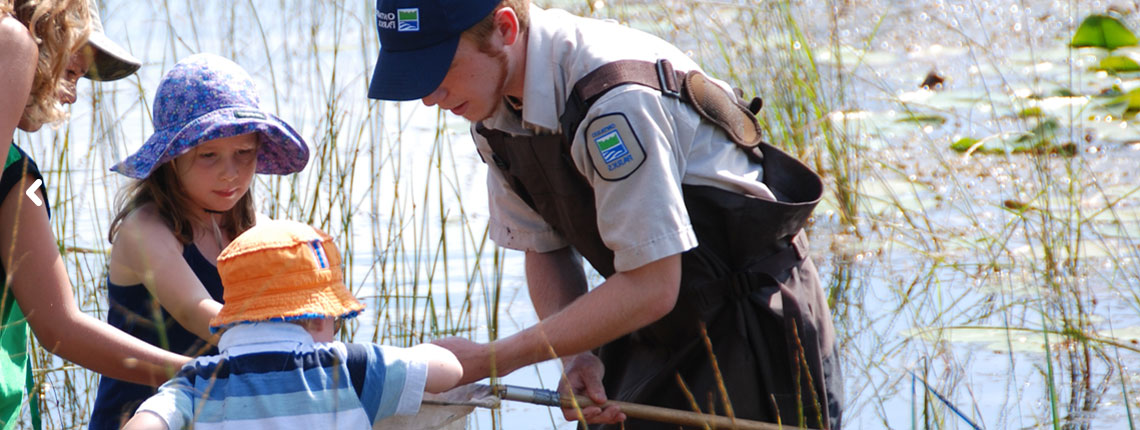
Complementing our efforts to reduce threats to biodiversity, enhancing the resilience of our ecosystems (i.e., increasing their capacity to cope with change) is another important part of the Strategy. A resilient ecosystem is able to withstand and recover from stresses such as climate change, invasive species and pollution.
To effectively enhance the resilience of our ecosystems and support the directions outlined in this Strategy, we need to invest strategically to yield the greatest benefits to biodiversity, since resources for biodiversity conservation are finite. The costs and benefits of biodiversity conservation should be distributed equitably across relevant sectors.
Strategic investments, partnerships and stewardship are also an increasingly important way of identifying, prioritizing and achieving biodiversity conservation goals. Cooperation between the Ontario government, non-government organizations and the private sector, for example, has resulted in an increased consideration of biodiversity values in land management (e.g., sustainable forest management).
Outcomes:
Outcomes:
Outcomes:
Follow Us
